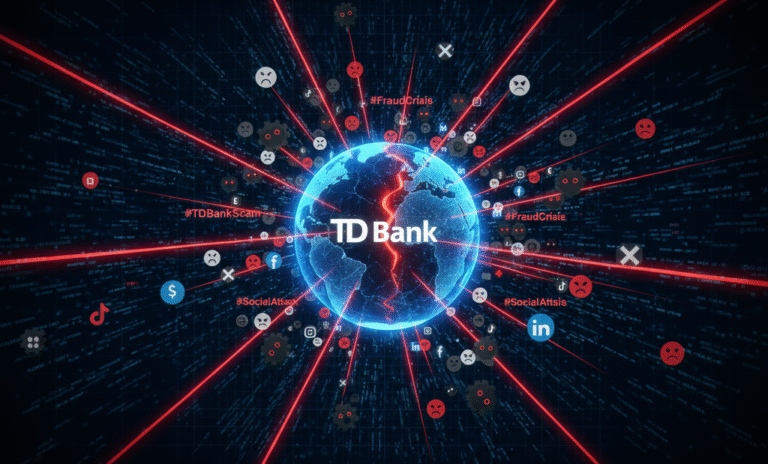The growth of social media has allowed everyone to share their opinions and thoughts with billions of people around the world in a matter of seconds.
This makes brands and companies more connected to their customers than ever, allowing near-instantaneous feedback on their products and services.
On the negative side, this makes them primary targets for attacks initiated by malicious actors that can harm their reputations, potentially leading to a PR crisis.

What is a PR Crisis?
A PR crisis is a negative event or situation that threatens your brand’s reputation. Traditionally, PR crisis teams had time to think through the strategy of how to handle these crises and extinguish the flames before they spread.
On social media, a PR crisis can happen almost instantly due to the viral nature of content, leaving companies with very little time to respond effectively.
To make matters worse, malicious actors are always looking for ways to latch onto, or start controversial topics with the intent to cause reputational harm to brands and companies using tools such as bot networks and fake profiles.
They can rapidly spread false narratives, manipulate trending topics, and create the illusion of widespread public outrage, which can ultimately lead to significant financial losses for companies.
Advancements in GenAI technologies have allowed them to create fake accounts and bots quicker than ever before, complete with realistic looking photos and biographies on social media to imitate the appearance of real people, making it extremely difficult to distinguish them from real accounts.
This issue is further amplified by the fact that social media platforms are designed to promote content their algorithms perceive as “engaging”, which means that sensational or controversial posts gain more visibility and have a wider reach.
Bad actors are using this to their advantage, knowing that the more heated the topic, the easier for them to infiltrate and take over the discussion.
The Ripple Effect

We have seen time and time again how companies have been at the forefront of these vicious attacks – a recent example being the Waymo incident.
Waymo, which is an autonomous driving subsidiary of Google, faced backlash when their cars experienced malfunctions which led to two minor fender-benders over the span of a couple of days in Arizona.
The company reacted promptly, recalling over 440 vehicles from public roads and addressing the technical issue.
However, the damage had already been done. Social media platforms were flooded with posts claiming that Waymo’s technology was fundamentally unsafe, that the company was negligent, and that incidents were bound to happen again in the future.
Bots and fake accounts quickly latched onto the controversy, spreading exaggerated claims and disinformation, which resulted in 37% of the conversation about Waymo being generated by fake profiles.
It can get even worse for companies and brands. Bad actors have been known to spread fake news and conspiracy theories which can completely shift the narrative and tank a brand’s reputation, no matter how big or small the entities they’re targeting are.
In December of 2022, Balenciaga faced a massive PR crisis when their controversial ad campaign sparked outrage.
The situation escalated as disinformation and conspiracy theories accusing the brand of being involved in satanic worship, pedophilia, and associations with Jeffrey Epstein spread rapidly on social media, effectively destroying the goodwill of the company in the public’s eyes.
Handling a PR Crisis
Now that we understand how easy it is for fake news and disinformation to get traction on social media and lead to a potential PR crisis, it’s important to highlight how we can put a stop to threat actors’ efforts before it’s too late.
While it’s impossible to predict when bad actors might strike, brands can focus on early detection and rapid response to mitigate the damage. Proactive measures and preparedness are key to safeguarding a brand’s reputation in today’s digital landscape.


